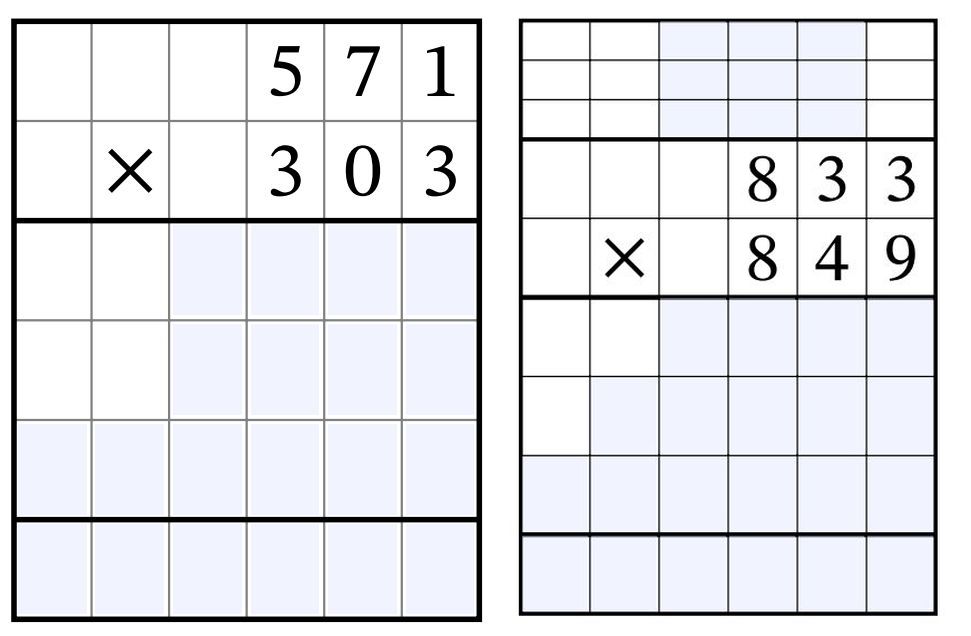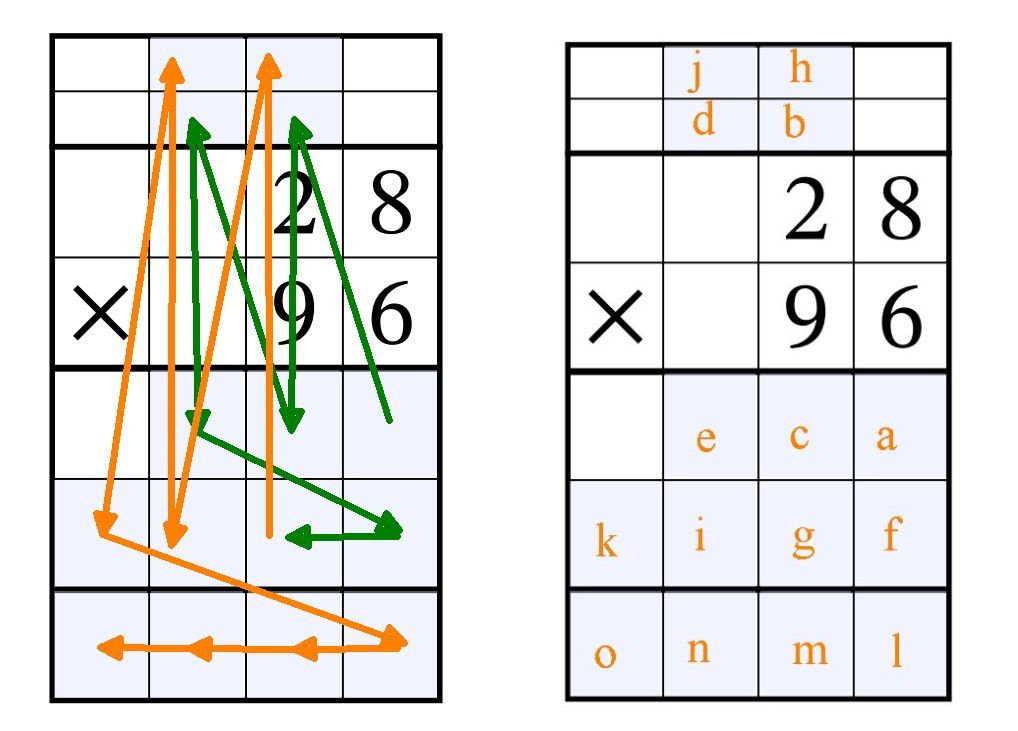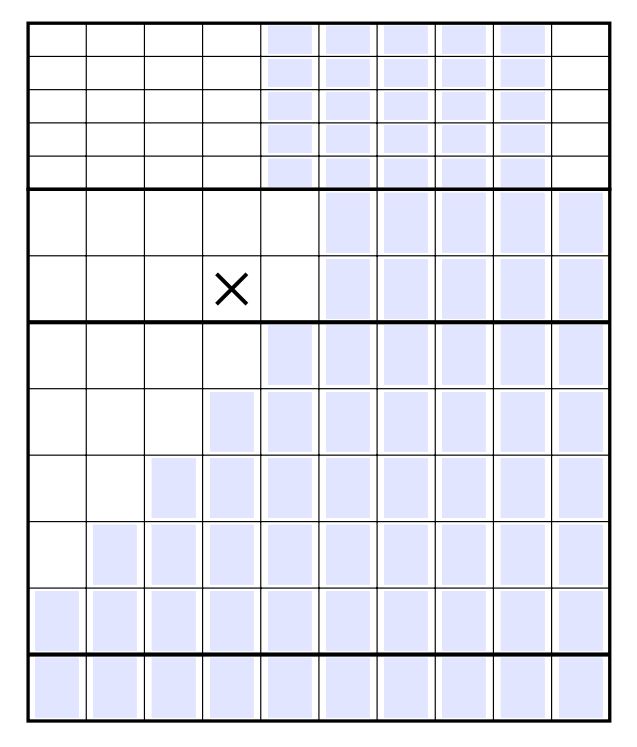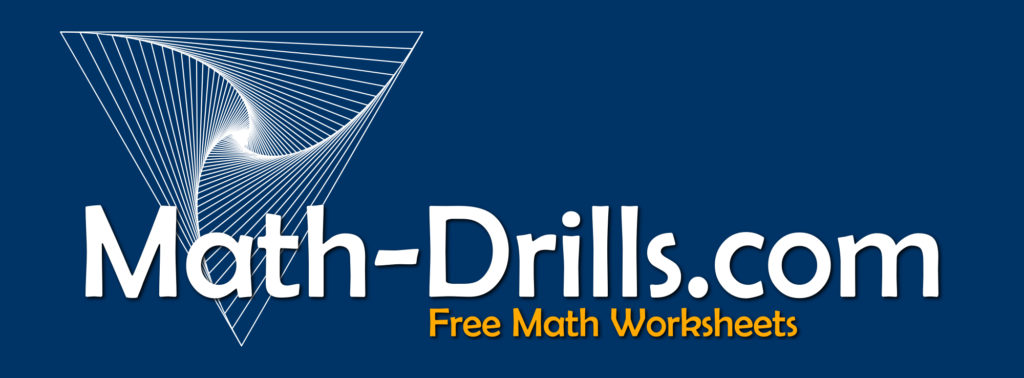
An important concept in successfully completing a long multiplication question using a pencil and paper method is to line up the numbers properly! Without a proper alignment, mistakes can be made and the final product will be affected.
So, what do you do about students who have trouble lining up their numbers? Graph paper helps; students can write out questions on graph paper and use the grid to line everything up. If you are looking for a pre-made solution, Math-Drills has worksheets that include long multiplication questions with grid support.
Recently re-updated, the long multiplication with grid support worksheets include each question arranged on a grid with the right number of empty boxes to complete the question.
Originally, these worksheets were revised in February 2023, but a few people didn’t like that the regrouping/carrying boxes were cut from those versions. Circling back this month, I added a new set of worksheets that includes questions with the smaller regrouping boxes. Both the versions without regrouping boxes and the versions with the regrouping boxes are available on the long multiplication page at Math-Drills.

Both sets of long multiplication with grid support worksheets are fillable and savable on the screen, but they also print very nicely as well. The electronic versions can be filled out and saved in browsers such as Chrome and Edge or by downloading and opening with Adobe Reader.
There are a few other subtle differences besides the regrouping boxes. The questions without regrouping boxes only include fillable boxes for areas that need filling; whereas the questions with regrouping boxes have fillable boxes in all possible spots even if they will end up blank. The fillable boxes are slightly narrower and the tabbing order is improved in the newer questions. Firefox currently seems to ignore the tab order, so it isn’t the best browser to use for filling these out.
What is the tab order, you ask? If you are going to fill out the worksheet on your screen, the newer worksheets (the ones with the regrouping boxes) will follow the same path that you would with your pencil. Start with your cursor in the box where your pencil would normally start; then use the tab key to get to the next logical box. Unfortunately, the February versions are not quite as slick as that. Here are drawings of the order that tabbing will follow for a two-digit by two-digit question. One drawing shows the order with arrows and the other shows the order using letters.

Do note that some of the boxes would be left blank in some questions. In the example question shown above, all of the boxes would be used. Also note the tab order goes from f to g because f is where you would write in a 0 placeholder (or some would just leave it blank).
It should also be noted that starting in February, the selection of worksheets in the section expanded to include 4-digit by 4-digit multiplication as well as 5-digit by 1-, 2-, 3-, 4-, and 5-digit multiplication.
Long Multiplication with Grid Support Blanks
The blank versions of the long multiplication with grid support were also updated. They are now fillable and savable and there are options up to five-digit times five-digit. These are useful if you are interested in making up your own questions for whatever reason. For example, maybe your students need to work on their nine times tables; you could make the first factor 95768 and the second factor 99999. Of course, you’ll have to make your own answer keys for the blank versions!

Hopefully, these new worksheets are useful to your students.

